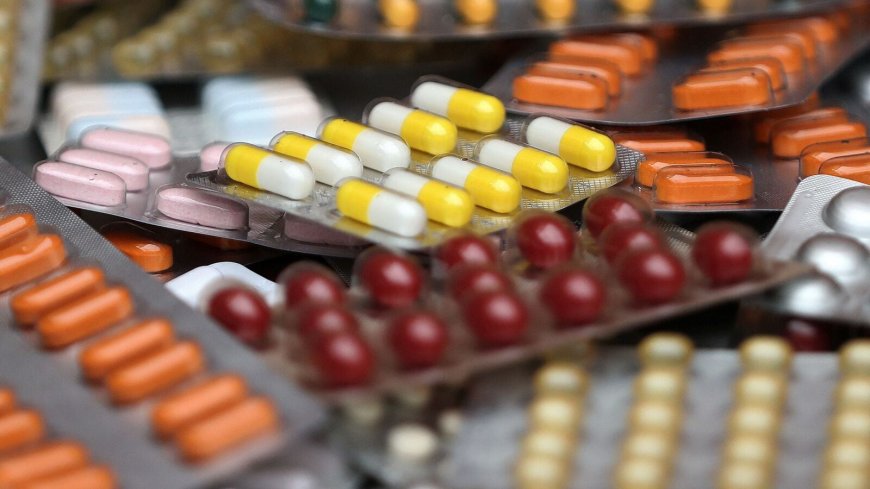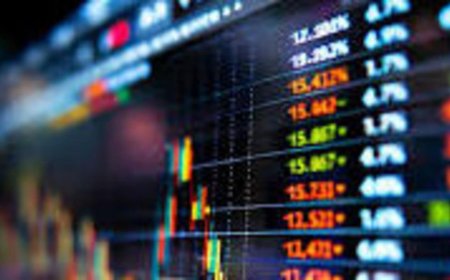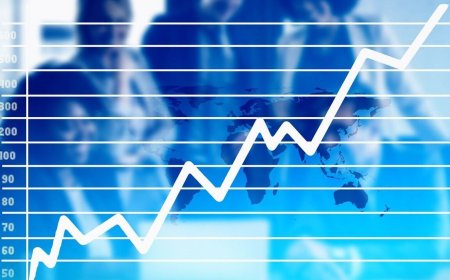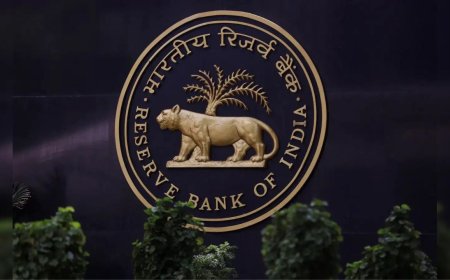India’s Pharma sector falters in H1 2025; index falls over 6% becoming the second worst-performing sector
India’s pharma sector slipped 6% in H1 2025 due to weak earnings, US market pressures, and regulatory hurdles. Analysts advise caution but see long-term potential.

A Mid-Year Setback for Pharma Stocks
India’s pharmaceutical sector has faced an underwhelming first half of 2025, with the Nifty Pharma index registering a decline of over 6%, positioning it as the second worst-performing sectoral index on the NSE. The downturn marks a notable deviation from its historical defensive stature, with broader headwinds weighing on profitability, export demand, and investor sentiment.
The sector, often perceived as a safe haven during turbulent times, struggled to keep pace with benchmark indices and sectoral peers, as earnings disappointments, regulatory pressures, and heightened competition overshadowed selective growth stories.
Weak Earnings, US Price Pressures Erode Confidence
At the heart of the pharma slump lies a series of muted earnings reports in Q4FY24 and Q1FY25. Large-cap players such as Sun Pharma, Dr. Reddy’s Laboratories, and Cipla reported margin compression due to rising raw material costs and sluggish growth in key export markets like the US.
"US price erosion remains a thorn for Indian generic manufacturers. Companies are finding it harder to maintain margins due to increased competition and inventory destocking in the US market," said Ravi Menon, Senior Research Analyst at Motilal Oswal Financial Services.
The US, which contributes a major chunk of revenues for Indian pharma, has seen slower approvals, increased regulatory scrutiny, and a tough pricing environment, impacting topline growth.
Regulatory Overhang and Domestic Market Saturation
Regulatory issues have resurfaced with several US FDA observations and warning letters dampening investor appetite. In the first half of 2025, at least four major manufacturing facilities came under scrutiny, including those of Aurobindo Pharma and Lupin.
Simultaneously, the domestic market, while stable, is seeing saturation in chronic therapy segments and intensified pricing competition. The growth in India’s pharmaceutical sales, as per IQVIA data, moderated to 5.4% YoY in H1 2025 compared to 9.1% in the same period last year.
“Domestic pharma growth has slowed as high base effects from Covid-era sales fade. While volumes are steady, there’s pressure on value growth due to increasing discounts and competition,” observed Shweta Khurana, Healthcare Analyst at JM Financial.
M&A Activity Remains Subdued
Mergers and acquisitions, which were once key growth drivers for Indian pharma, have also slowed down. Rising interest rates, stricter due diligence norms, and valuation mismatches have led to a cautious stance from buyers.
According to a report by EY India, the total value of pharma M&A deals in H1 2025 dropped by over 30% year-on-year. Analysts attribute the decline to “greater emphasis on organic growth” and a recalibration of strategies post the post-Covid boom.
Sectoral Underperformance in Contrast with Market Rally
The underperformance of the pharma sector stands in stark contrast with the broader Nifty 50, which gained nearly 9% in H1 2025. Sectors like capital goods, infrastructure, and auto posted double-digit returns, buoyed by government spending and resilient demand.
Even other defensive pockets like FMCG fared better, supported by a modest rural recovery and easing inflationary trends. In comparison, pharma lagged, disappointing long-term investors and mutual fund managers who had overweight positions in the space.
Selective Bets: Bright Spots in a Gloomy Landscape
Despite the sectoral weakness, some mid-cap and specialty pharma companies managed to buck the trend. Firms focused on APIs (Active Pharmaceutical Ingredients), CRAMS (Contract Research and Manufacturing Services), and biotech innovation saw moderate gains.
“For investors looking for alpha, contract manufacturing and specialty formulations remain attractive. Companies with differentiated pipelines, especially in oncology and injectables, have stronger pricing power and better visibility,” said Neerav Shah, Fund Manager at Axis Mutual Fund.
Stocks like Syngene International, Gland Pharma, and Laurus Labs managed to stay resilient due to strong global contracts and consistent execution.
Outlook: Short-Term Pain, Long-Term Promise?
Looking ahead, analysts remain cautious but not entirely bearish. The consensus is that while near-term challenges persist, India’s long-term pharmaceutical growth story remains intact—driven by healthcare access expansion, aging populations, and the global demand for affordable generics.
Brokerage firm Kotak Institutional Equities has revised its FY25 EPS growth estimate for the pharma index from 14% to 8%, citing weak export numbers and operational headwinds.
However, long-term investors are being urged to look beyond the current turbulence.
“Valuations for many frontline pharma names have corrected significantly, making them attractive from a contrarian standpoint. Investors with a 2–3-year horizon could gradually accumulate quality names,” advised Rahul Arora, CEO, Nirmal Bang Institutional Equities.
Investor Takeaway
The pharma sector’s dismal performance in H1 2025 has reminded investors that even historically stable sectors are not immune to macroeconomic and regulatory pressures. While the broader market cheers on an infrastructure- and consumption-led rally, pharma will require a reset in earnings, sentiment, and strategy to reclaim investor favor.
Those with risk appetite and long-term vision may find opportunities amid the volatility, especially in innovation-led and CRAMS-focused companies. But for now, the sector remains in the sick bay, awaiting its next prescription for recovery.
What's Your Reaction?
 Like
0
Like
0
 Dislike
0
Dislike
0
 Love
0
Love
0
 Funny
0
Funny
0
 Angry
0
Angry
0
 Sad
0
Sad
0
 Wow
0
Wow
0












































































